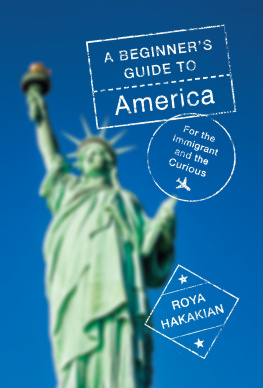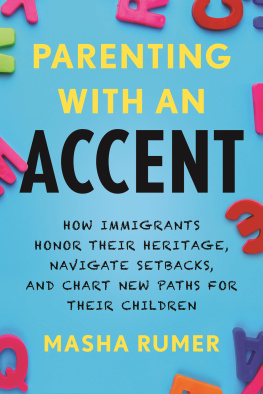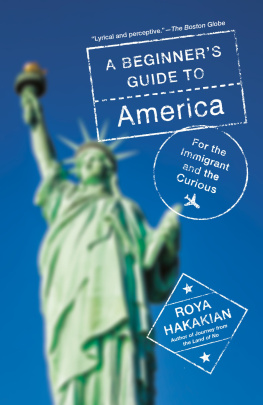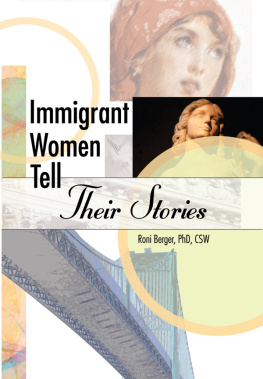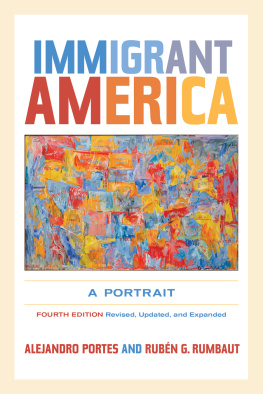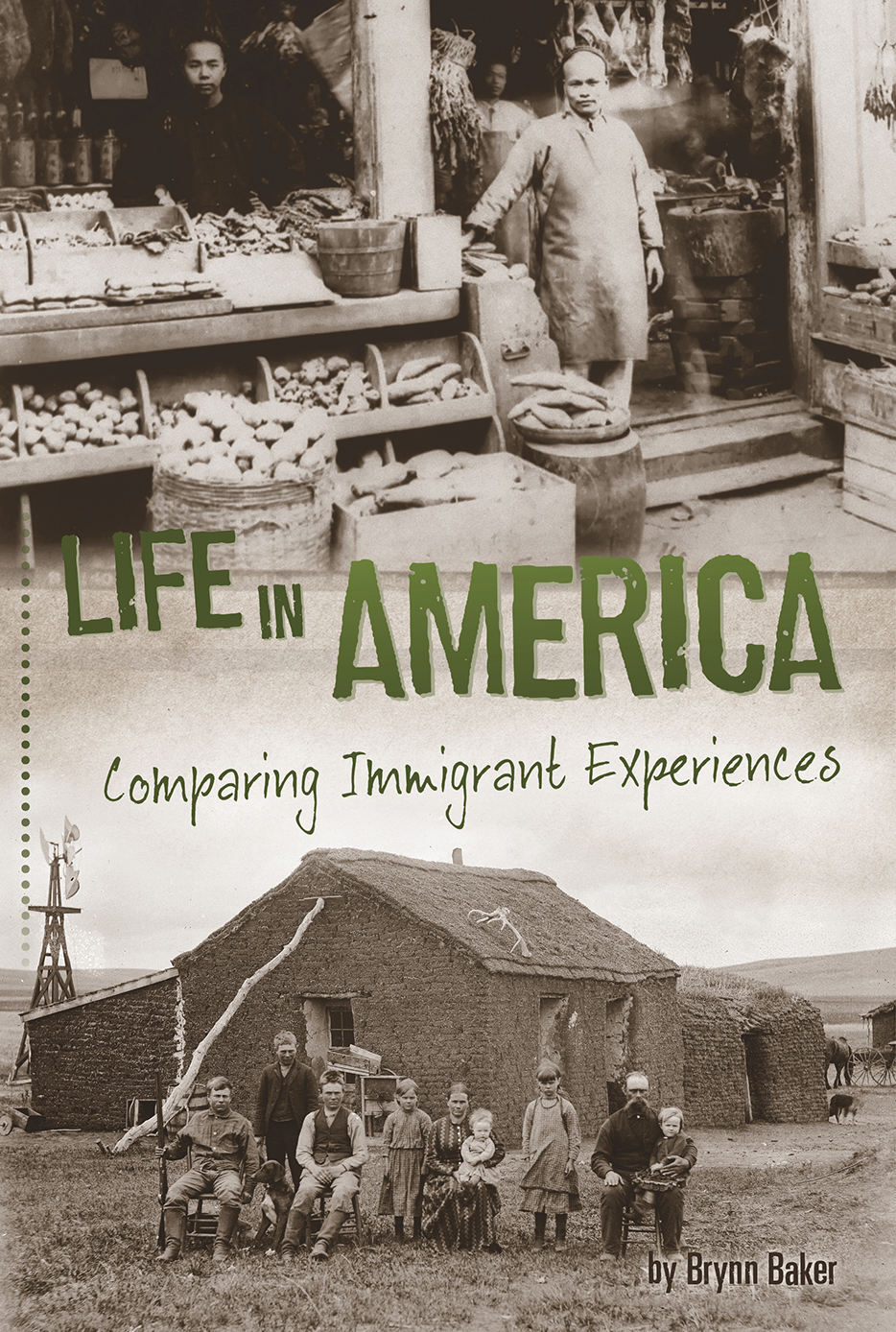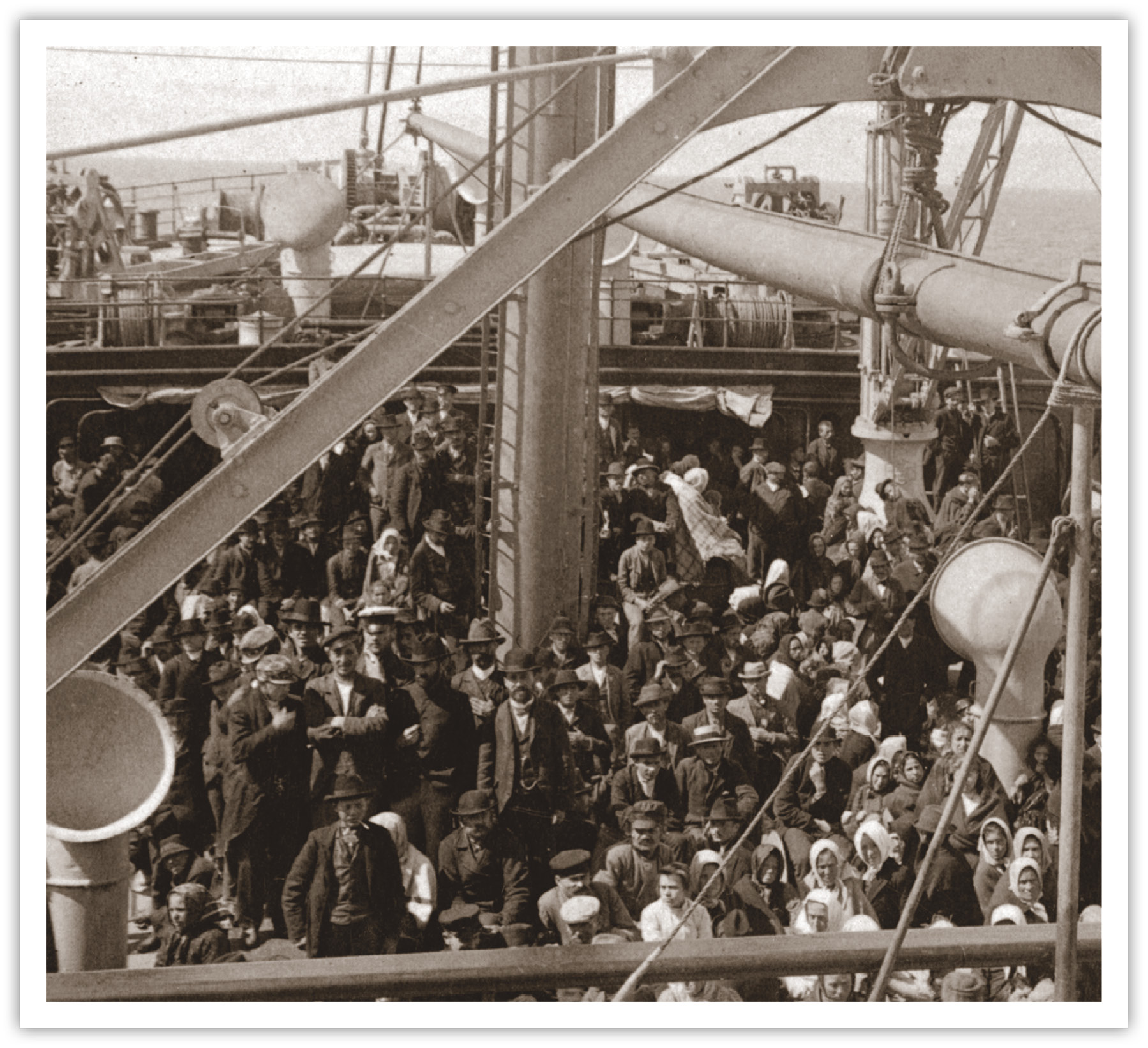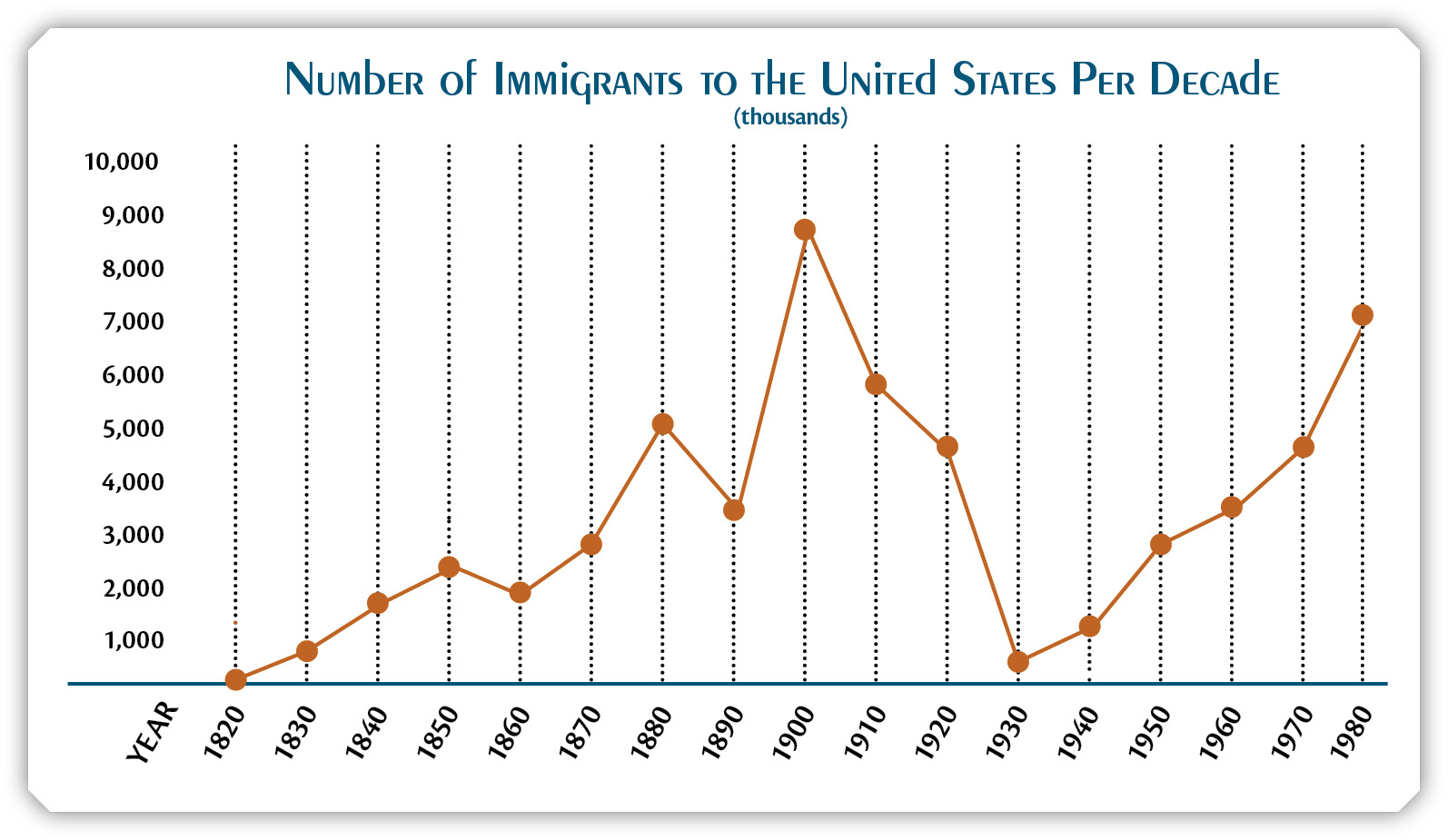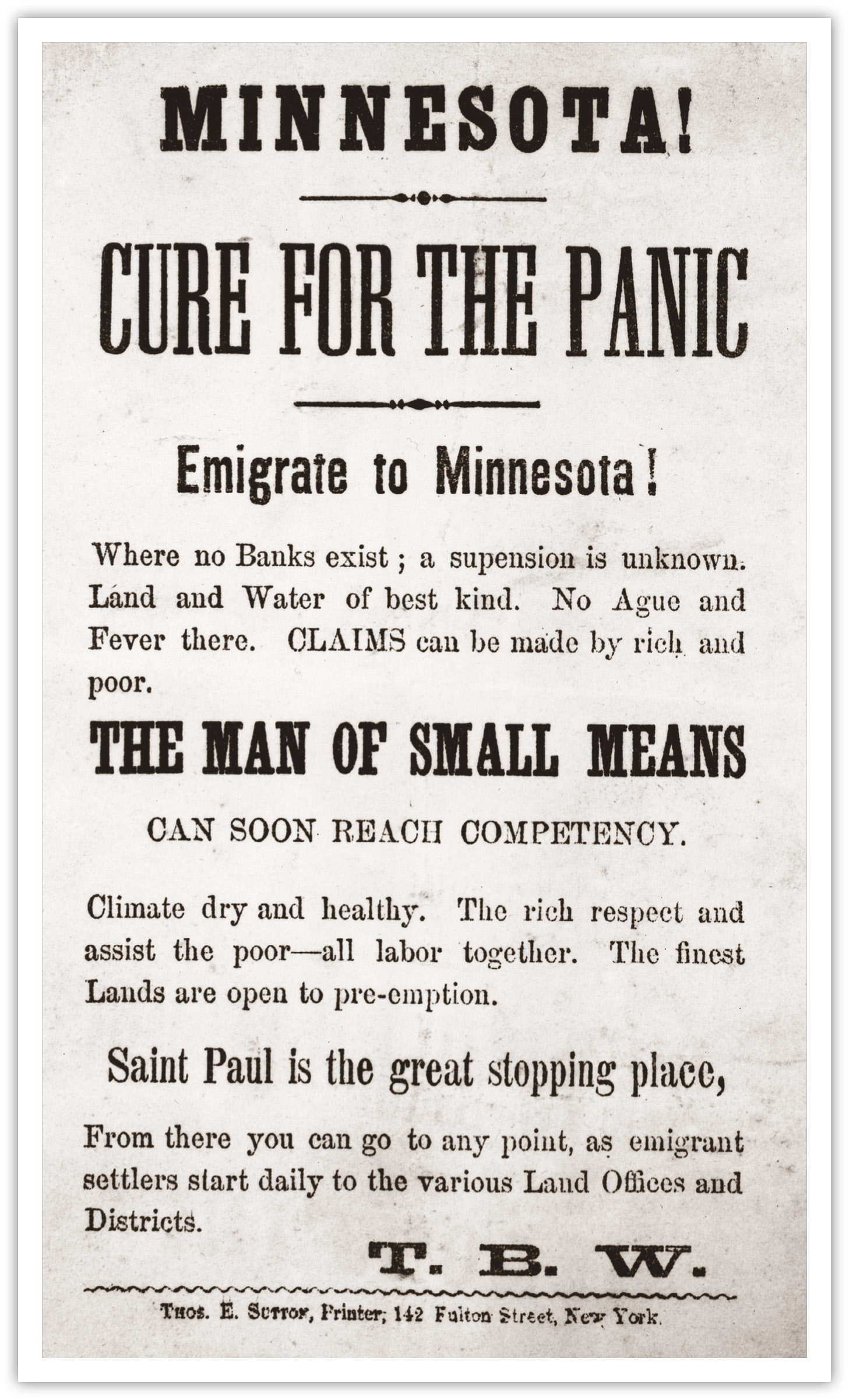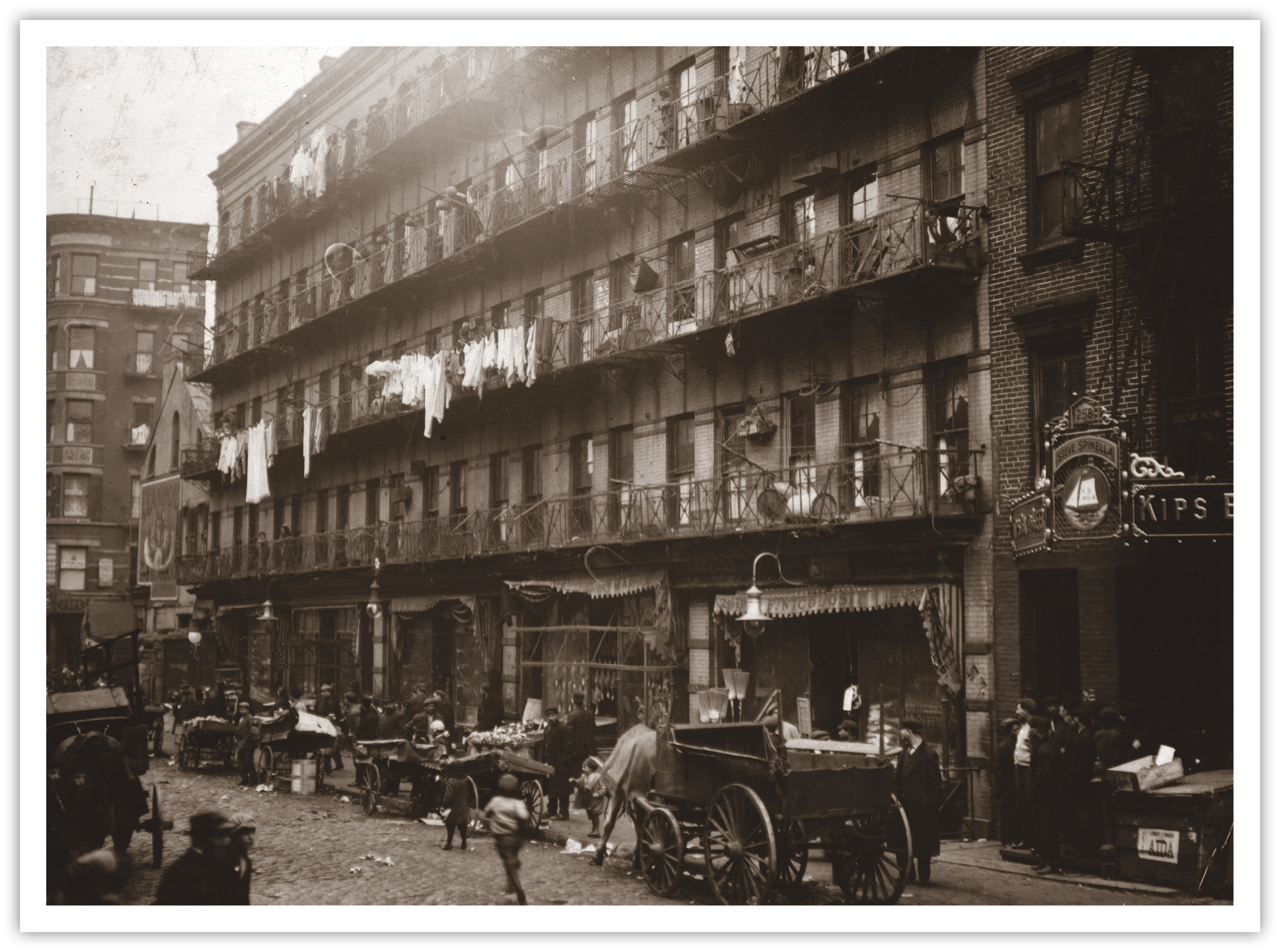Chapter One
COMING TO AMERICA
The United States has always been a land of immigrants. Pilgrims came in the 1500s to start new lives. Businesspeople and religious leaders came in the 1600s to start new colonies. In the 1700s slave traders forced Africans to immigrate to the country to tend crops. The 1800s saw a boom of immigrants from Ireland and gold-seekers from China. But the number of immigrants who came to Americas shores in the early 1900s was truly amazing. From about 1880 to 1920, nearly 30 million immigrants flooded into the United States.
Shipload after shipload of immigrants docked on Americas East Coast. Most of the immigrants who arrived in the early 1900s came from southern and eastern European countries. They arrived from places such as Poland, Hungary, Italy, Germany, and Greece.
These new immigrants were young, often between 15 and 30 years old. Many spoke no English and had nothing but the clothes they brought with them and the change in their pockets.
The S.S. Konigin Luise was one of the many ships immigrants crowded onto to reach the United States in the early 1900s.
Why People Came to America
Several world events caused the major boom in immigration in the early 1900s. Many European countries were experiencing land shortages, poor economies, or war. People left their homelands to escape because of their race, religion, or political beliefs. Crops were failing and families were starving. People came to America in hopes of a better life.
Immigrants were attracted to the idea of independence in America. The All men are created equal. It also promises, Life, liberty, and the pursuit of happiness. People took comfort in these words. Newcomers believed America was a land of opportunity.
American recruiters helped spread the idea that opportunities were plentiful. Businesses sent recruiters to Europe, offering jobs to skilled workers. Railroad companies also advertised overseas. They promoted cheap farmland and work opportunities.
Advertisements such as this one boasting of the wonders of Minnesota drew immigrants to midwestern states.
Chapter Two
MISCONCEPTIONS OF AMERICA
Immigrants often called the United States the promised land. They had heard false rumors of streets paved with gold. Many shared the belief that they would step off the ship to an easier life. They trusted that land, jobs, and higher wages waited for them.
Immigrants were also told stories of hope and beauty. In America life is golden, sang Hungarian immigrant Renee Berkoff in 1922. In America the flowers are more beautiful. In America the world is much better. And that is where I am longing to be my dear. However the reality of life in America was different than most expected.
City streets were crowded and chaotic. New York City in 1920.
This New York City slum shows the type of living conditions many immigrants faced in the early 1900s.
Immigrants immediately faced challenges and discrimination. Many drifted into the slums of cities and worked for low wages. I came to America because I heard the streets were paved with gold, said an Italian immigrant. When I got here I learned three things. First, the streets are not paved with gold. Second, they werent paved at all. And third, I was expected to pave them.
Tenements
With immigrants pouring in, cities became crowded, and many families were poor. Everyone needed a place to live. factories, docks, and slaughterhouses, which provided jobs for many immigrants.
FIXING CONDITIONS
Journalist Jacob Riis photographed the horrible living conditions in the tenements on the Lower East Side of New York City. He published a book in 1890 called How the Other Half Lives. His book led to many changes. In 1901 New York City officials passed the Tenement House Law. Tenements were updated to include fire escapes, windows, and bathrooms. More than 200,000 new apartments were also built over the next 15 years to accommodate the growing population.
The first tenement buildings stood side-by-side on narrow streets, with only a foot of space between them. They were dark and dusty because many did not have windows or proper air flow. Tenements did not have electricity or running water. Personal care was a major problem. People could not regularly bathe or wash clothing. Garbage and over-flow from outhouses covered the streets. New York at the time.
This row of tenement buildings on Elizabeth Street in New York City shows the crowded living conditions of poor New Yorkers in the early 1900s.
CITIZENSHIP
Immigrants who came to the United States in the early 1900s were not immediately legal citizens. They could live and work in America, but they could not vote. In order to become citizens, immigrants had to live in the United States for five years. Then they could file the paperwork for citizenship. After filing, they had to wait between one and three years before moving on to the next step. The second step was to go before a court and sign an Oath of Allegiance. Only after these steps were completed could immigrants be sworn in as legal citizens.
Nativism
Many immigrants arrived with next to nothing. They immediately needed housing and employment. Immigrants often took any job they could find, usually for low wages. Native-born Americans became frustrated because they had to compete with the immigrants for employment. Many employers cut costs by hiring immigrants, and citizens grew angry.





